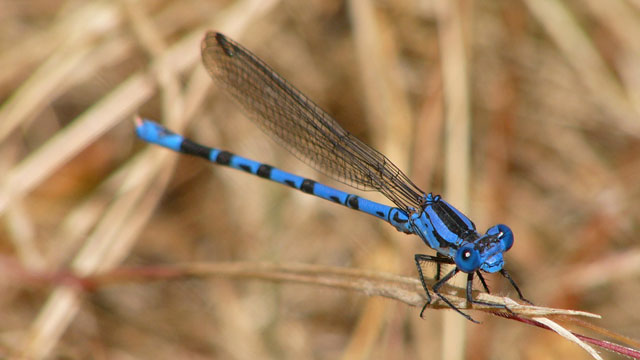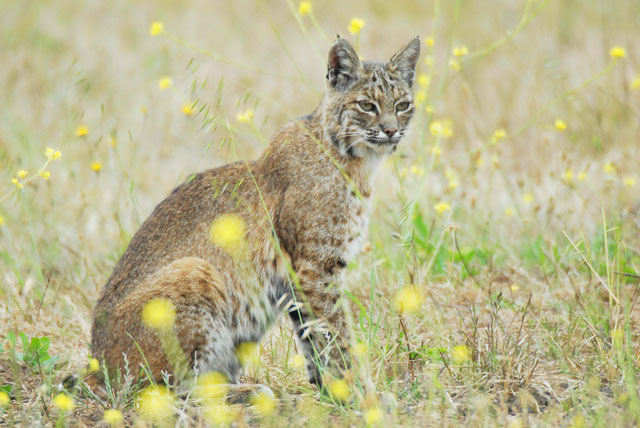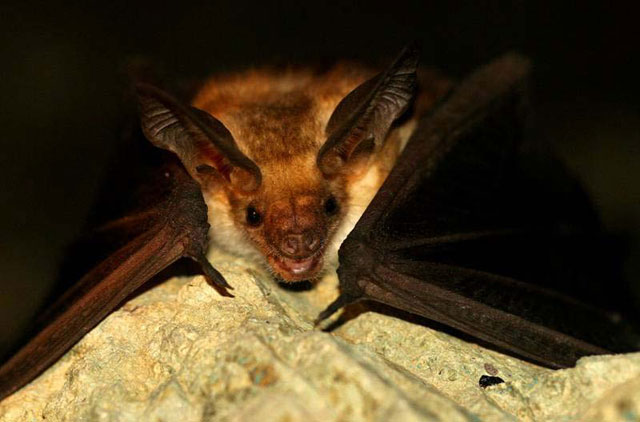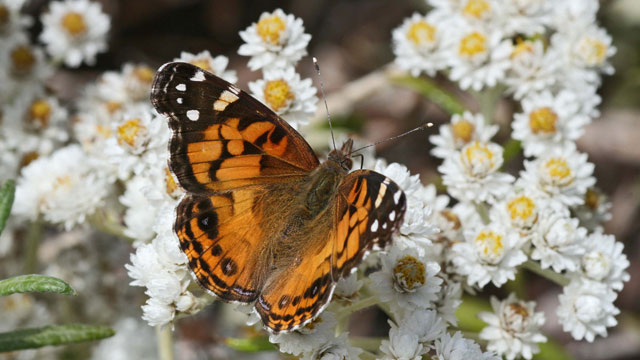
Scientists, students and volunteers are descending on the Golden Gate National Recreation Area this Friday and Saturday to record as many plant and animal species as possible in 24 hours. It’s part of an event called a BioBlitz.
The National Geographic Society has been organizing annual BioBlitz events at national parks across the country, as a lead up to the National Park Service’s centennial celebration in 2016. The goal is to transform park visitors into citizen scientists, as they help to observe and count the parks’ biodiversity.

“One of the most important things for the BioBlitz is to reach out and engage the citizens that live around the park lands in a different way,” says National Park Service spokeswoman Alexandra Picavet. “Students will get a closer look at a park they may already enjoy while riding their bikes or walking their dog.”
Three hundred scientists will lead teams throughout the Golden Gate National Recreation Area, from Muir Woods to Fort Point and the Marin Headlands. More than 4700 volunteers are expected to take part in this year’s BioBlitz, including 1400 students from the San Francisco Unified School District. They’ll be searching for all signs of life, from microscopic bacteria to bobcats. The counting starts at noon on Friday.
“We have entomologists coming from UC Davis who are going to do a lot of work in the newest part of the Golden Gate National Recreation Area, and that’s Rancho Corral de Tierra,” says Picavet. “They’ll be looking for beetles, and for ticks, and for mosquitoes and all signs of insect life down there.”

The citizen scientists will use a smart phone app called iNaturalist to record, photograph and map their findings, which will be added to park service databases.
